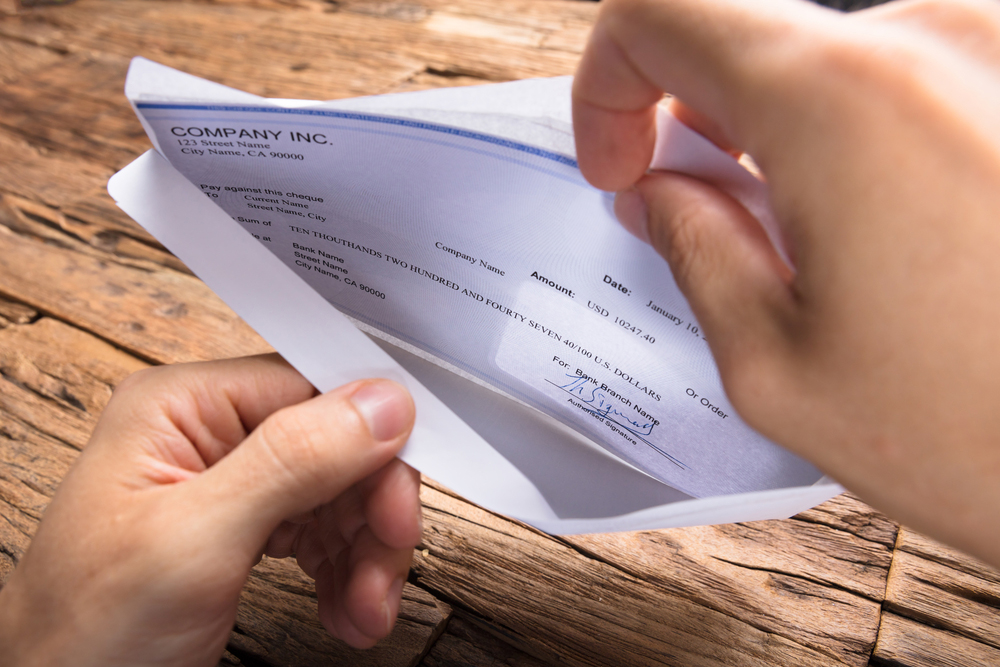Hazard pay, as the name implies, is extra pay compensating for some form of danger or hazard employees face. Essentially, this extra pay serves as an incentive to knowingly take on these risks while on the job.
It’s important to note that hazard pay is not regulated at the federal level for private employers/employees and is not legally mandated for any particular private job or situation—even ones that are generally accepted to be dangerous*.
Generally speaking, Occupational Safety and Health Administration (OSHA) regulations help ensure workplaces are as safe as can be, while market rates generally dictate the amount of pay someone is willing to work for in situations that involve any type of danger or hazard.
No legal standard exists at the federal level to mandate a specific pay or bonus level for more dangerous work. That said, employers often pay more for dangerous work because they recognize the risks involved and want to compensate accordingly. They understand it would be more difficult to recruit people for such work if it were not appropriately compensated.
COVID-19 and Hazard Pay
Hazard pay has been in the news more recently due to the novel coronavirus. This has created a situation in which certain employees are seen as taking on more risk because they work directly with the public while a new virus is circulating in environments such as retail or food delivery, which are normally not viewed as particularly dangerous jobs.
Many employers that have remained in full operation throughout the duration of the stay-at-home advisories have opted to provide some form of hazard pay for employees who still need to come to work, though not all have called it hazard pay.
Some employers have opted for temporary increases to employees’ hourly rate. Others have opted to provide one or more bonuses for employees who have been working with the public during this time.
Note: The only place where a legal requirement comes into play with hazard pay is that the Fair Labor Standards Act (FLSA) does require any hazard pay to be included as part of the calculation of “regular rate of pay” when it comes to determining the amount of overtime pay owed to an employee.
Because there are no legal requirements for hazard pay, Congress is debating on whether to put some form of hazard pay into one of the stimulus packages related to the coronavirus, especially because many of the workers in this situation are in jobs that were not highly compensated to begin with. They’re discussing options for short-term raises in hourly wages for workers who must face the public and thus increased risk until the virus threat has subsided.
However, none of these efforts has come to fruition at this point. Watch for the next developments in Congress to see if the next rounds of legislation address this issue.
*Note: There are some types of hazardous work that are deemed as such within federal roles. This is outside the scope of this article, as this article is addressing private employers.
Bridget Miller is a business consultant with a specialized MBA in International Economics and Management, which provides a unique perspective on business challenges. She’s been working in the corporate world for over 15 years, with experience across multiple diverse departments including HR, sales, marketing, IT, commercial development, and training.
The post What Is Hazard Pay? appeared first on HR Daily Advisor.
